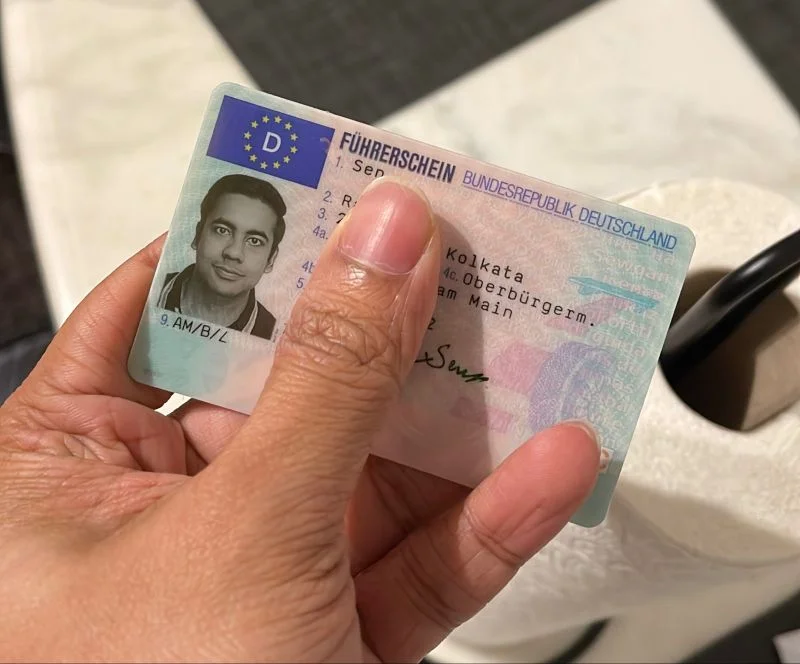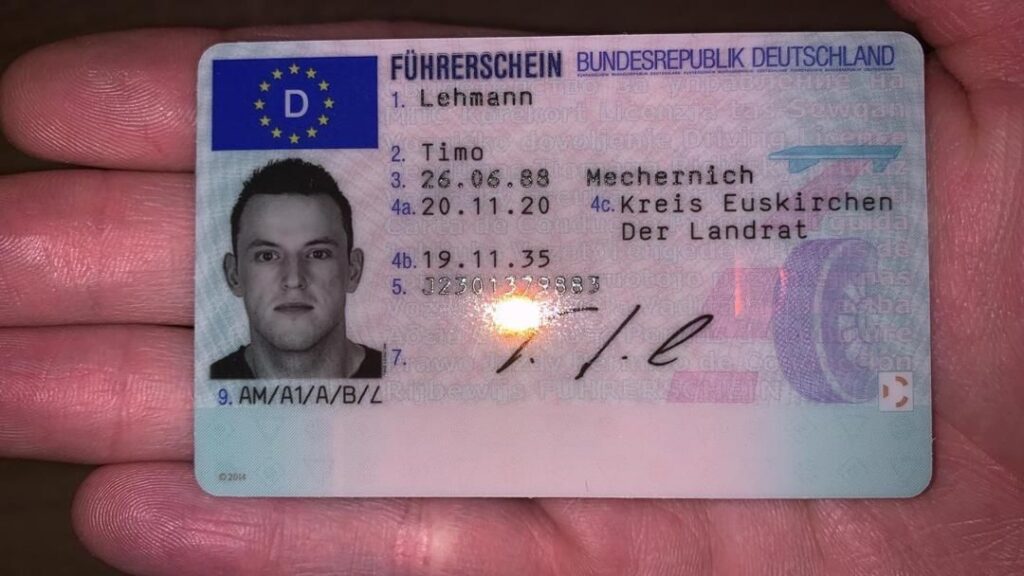
3
маяIs Tech Making A1 Theory Test Better Or Worse?

The A1 Theory Test: A Comprehensive Guide
The A1 Theory Test is a vital part for aspiring motorcyclists wishing to get their A1 category motorbike license. Comprehending the test's structure, content, and requirements is important for success. This post offers an in-depth take a look at the A1 Theory Test, consisting of preparation methods, key subjects, and commonly asked questions.
What is the A1 Theory Test?
The A1 Theory Test evaluates a prospect's understanding and understanding of road safety, traffic guidelines, and bike operation. Prospects typically need to pass the theory test before trying practical riding assessments. The A1 classification allows individuals to ride motorbikes with an engine capability of approximately 125cc, provided they fulfill specific age and training requirements.
Structure of the A1 Theory Test
The A1 Theory Test includes 2 main parts:
Multiple-Choice Questions: This section consists of 50 questions covering various topics related to roadway security and motorbike operation. Candidates should address a minimum of 43 questions properly to pass.
Risk Perception Test: This part examines the rider's ability to acknowledge developing threats while riding. Candidates see a series of video clips and should recognize hazards as they emerge.
The test is taken on a computer, and candidates are set aside a particular period to complete both sections. It is necessary to note that both the multiple-choice and threat understanding sections should be passed to receive a certificate.
Secret Topics Covered in the A1 Theory Test
The A1 Theory Test incorporates a variety of crucial subjects that every motorcyclist must recognize with, consisting of:
Traffic Signs and Signals: Understanding the significance and deutschen registrierten echten führerschein kaufendeutscher führerschein kaufen (click the next website page) guidelines associated with various roadway signs.
Road Traffic Rules: deutscher führerschein kaufen Knowledge of the laws governing roadway use, such as speed limitations and right-of-way rules.
Bike Controls and Operation: Familiarity with motorcycle components and controls, consisting of brake systems, equipments, and lights.
Rider Safety: Comprehensive understanding of personal protective equipment (PPE) and safe riding practices.
Managing Risk: Techniques for recognizing and handling possible dangers while riding.
Environmental Considerations: Understanding the effect of riding on the environment and how to lessen it.
To be successful in the A1 Theory Test, candidates should thoroughly study these topics.
Research Study Tips for Passing the A1 Theory Test
Preparing for the A1 Theory Test needs dedication and tactical study techniques. Here are some efficient methods:
Use Official Study Materials: The DVSA (Driver and Vehicle Standards Agency) supplies official revision products, consisting of books and online resources.
Take Practice Tests: Utilizing practice questions and mock tests helps familiarize candidates with the material and format of the test.
Join a Riding School: Enrolling in a reputable bike training school typically includes structured lessons on theory and practical riding.
Take Part In Discussion Groups: Joining online forums or local riding clubs can offer important insight and suggestions from skilled riders.
Review the Highway Code: This necessary resource includes a wealth of info about roadway indications, guidelines, and safe driving practices.
Getting ready for the Hazard Perception Test
The Hazard Perception Test needs a somewhat different preparation approach. To enhance efficiency in this section:
Watch Videos of Real Riding Scenarios: Reviewing videos that portray various road scenarios will assist prospects get utilized to identifying dangers more efficiently.
Practice Clicking for Hazards: During practice sessions, timing when to click to identify risks will improve the chance of scoring greater in the real test.
Comprehend the Scoring Mechanism: Knowing how risks are scored in the test will direct prospects on what to search for throughout practice.
Table: A1 Theory Test Overview
| Component | Description | Passing Requirement |
|---|---|---|
| Multiple-Choice Questions | 50 concerns covering road security and automobile operation | At least 43 appropriate answers |
| Threat Perception | Determine dangers in video | Minimum score based on danger identification |
Frequently Asked Questions (FAQs)
1. What is the passing score for the A1 Theory Test?
Candidates must correctly address a minimum of 43 out of 50 concerns in the multiple-choice section and score a minimum in the threat understanding section to pass.
2. Can I take the A1 Theory Test online?
No, the A1 Theory Test is carried out at designated screening centers by means of a computer.
3. For how long is the A1 Theory Test valid?
Once passed, the theory test certificate is usually valid for 2 years, during which candidates must complete their practical riding test.
4. How much does the A1 Theory Test cost?
The cost varies by location, however it usually ranges from ₤ 23 to ₤ 50. Consult the regional screening authority for precise rates.

5. What occurs if I fail the A1 Theory Test?
Candidates can retake the test as sometimes as needed up until they pass, however they need to pay the test charge each time.
Successfully passing the A1 Theory Test is an essential action toward becoming a competent and safe motorcyclist. By familiarizing themselves with the test's structure, content, and reliable research study strategies, candidates can boost their chances of success. As motorbike riding can pose specific dangers, thorough preparation not just help in getting a license but likewise adds to a much safer riding experience for all road users.
Отзывы